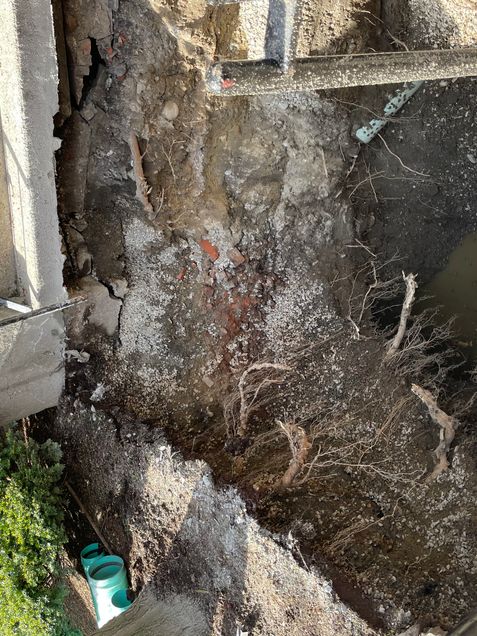URBAN Trainee Ian Smith Studies Urban Tree Water Sources
Watch Video: URBAN Trainee Ian Smith Studies Urban Tree Water Sources
Ian Smith is a PhD student in the Department of Earth and Environment in the BU Graduate School of Arts & Sciences and the BU URBAN Program. He received a 2021 Early Stage Urban Research Award from the Initiative on Cities (IOC) for his project, “Where Do Urban Trees Get Their Water?”
Read the Q&A with Smith and watch the video by IOC and URBAN to learn more about his research on nature-based climate solutions in cities.
Amelia Murray-Cooper (IOC): Why were you interested in working on this project?
Ian Smith: I am interested in studying how cities can engineer the landscape to adapt to projected changes in the climate. Trees are a powerful tool for cities to use in preparation for warmer average temperatures due to their ability to cool the surface and air around them through shading and transpiration. However, trees can only provide cooling benefits given a high rate of survival and access to water. We currently don’t know which sources of water city trees rely on and therefore we might not be managing the health of Boston’s urban forest as efficiently as we could be. This study is the first of its kind in that out of hundreds of studies that use stable isotope methodologies to identify tree water sources, only two have been conducted in cities, both of which were in arid ecosystems in the western US with very different water dynamics than the mesic northeastern US.
What are the main takeaways from your findings?
This summer, I collected over 200 water and tree tissue samples around Boston and those samples are currently being processed by the Stable Isotope Laboratory at BU to determine the isotopic composition of each potential water source as well as the water within tree tissue. I anticipate having the data for formal analysis at some point in the Spring of 2022, where I will be able to model the contributions of each water source to water found within tree tissue.
In a preliminary analysis of water samples collected in May 2021, we found that precipitation, irrigation, groundwater, and wastewater sources were isotopically distinct from one another, which should allow us to quantify their contributions to water sampled from tree tissue.
Did anything surprise you during your research?
One of my hypotheses is that trees supplement their water from precipitation sources with water from belowground infrastructure, such as sewer pipes carrying wastewater. While doing field work, I occasionally came across work sites where belowground roots were exposed. I was surprised to see just how abundant the tree roots are at the level of belowground pipes, which made me even more interested in seeing whether we find evidence of wastewater uptake by trees in the city. See the picture below for an example.

What do you hope comes out of this work?
Understanding where trees source their water is a critical, yet severely understudied, detail in managing the health of urban trees and evaluating the feasibility of nature-based climate adaptation in cities. I hope that this work informs how to best manage city trees to maximize the provision of ecosystem services. For example, if I find that trees are predominantly sourcing their water from precipitation, they may become more susceptible to projected increases in the frequency and severity of drought. If trees primarily take up water from irrigation, tree maintenance practices may need to respond accordingly and the health of the urban canopy may be sensitive to water conservation measures. If there is evidence that trees in cities make use of wastewater from belowground pipes, they may be more resilient to drought due to a constant supply of water at the cost of the structural integrity of belowground infrastructure.
The IOC has funded over 70 projects to date through the Early State Urban Research Awards. Learn about past projects and learn how to apply for future funding opportunities here.